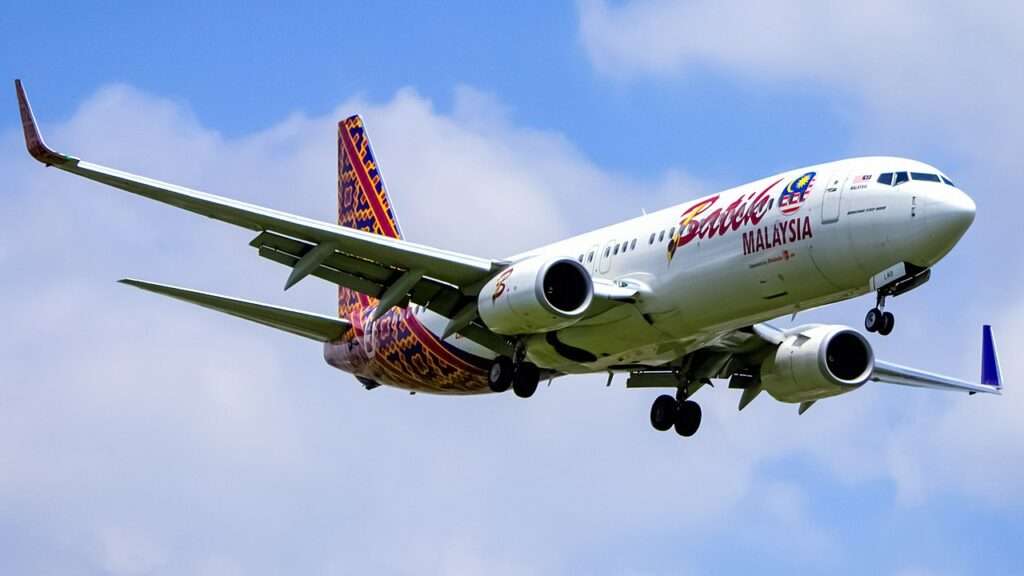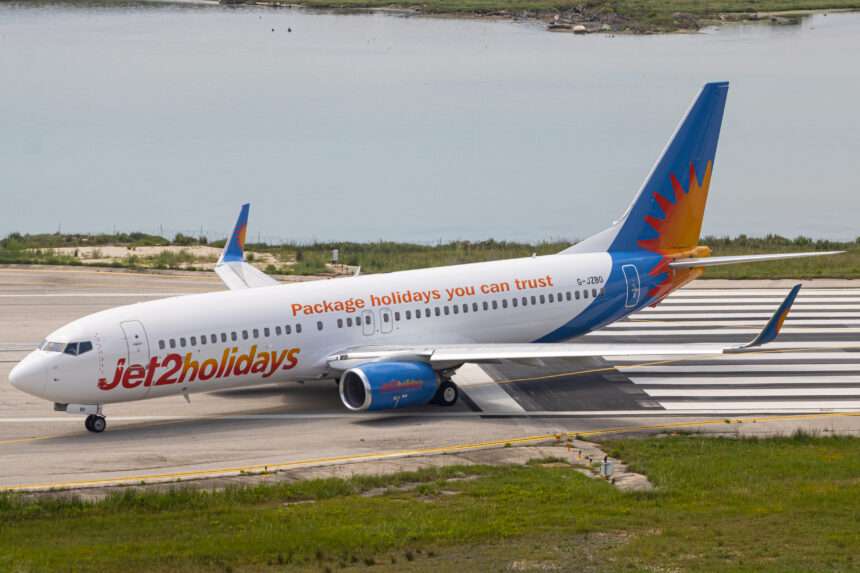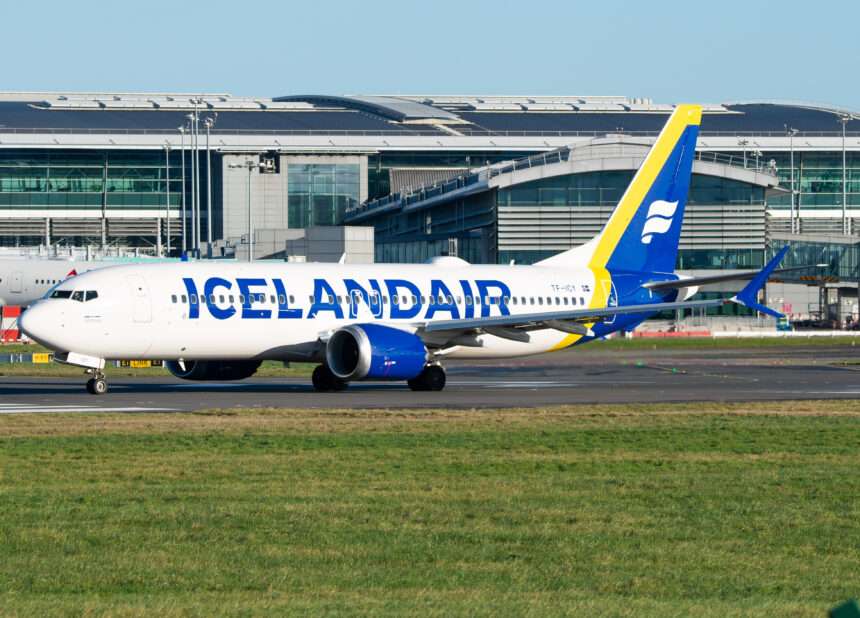The Australian Transport Safety Bureau (ATSB) is investigating a flight below minimum altitude involving a Batik Air Boeing 737-800 arriving at Canberra Airport.
The aircraft, registered PK-LDK, was about 19 km south of Canberra Airport, Australian Capital Territory, when the incident occurred on 14 June 2024.
Batik Air ID6015 Denpasar-Canberra

The aircraft was operated by Batik Air as flight ID6015, scheduled from Denpasar, Indonesia to Canberra.
During an instrument landing system approach into Canberra, the crew elected to hold at the waypoint MOMBI. During the holding phase, the aircraft was then operated below the minimum holding altitude.

Minimum Safe Altitude (MSA)
The minimum safe altitude (MSA) is the lowest level at which an aircraft can safely operate considering the terrain, obstacles, and potential emergencies.
It provides a buffer zone in case of engine failure or other issues, allowing the pilot to perform a safe emergency landing without hitting obstacles.
Flight Details
Flight data shows that Batik Air flight ID6015 had made a delayed departure out of Bali Denpasar airport (DPS) on 14 June.
The flight made an actual time of departure of 2231 local time, against the scheduled departure time of 2110 local.
The flight then proceeded normally, claiming to flight level FL350 (35,000 feet) for the southerly route to Australia.
Descent and arrival procedures were conducted normally, and the aircraft entered the standard holding pattern to the south of the airport prior to making an instrument approach.
During the holding procedure, flight data indicates the aircraft descended to approximately 4500 feet.
The aircraft conducting the ID6015 service from Denpasar was a Boeing 737-800, registered PK-LDK. This is an 8.7 year old narrowbody aircraft belonging to the carrier Batik Air.

The Australian safety body ATSB will now investigate the incident.
The evidence collection phase of the investigation will involve a series of steps. These include interviewing involved parties, retrieving and reviewing recorded data, and the collection of other relevant information.
A final report will be released at the conclusion of the investigation. Should a critical safety issue be identified during the investigation, the ATSB will immediately notify relevant parties. This will permit appropriate safety action to be taken.

Click the banner to subscribe to our weekly Emergencies and Incidents newsletter.

Click the photo to join our WhatsApp channel so then you can stay up to date with everything going on in the aviation industry!







